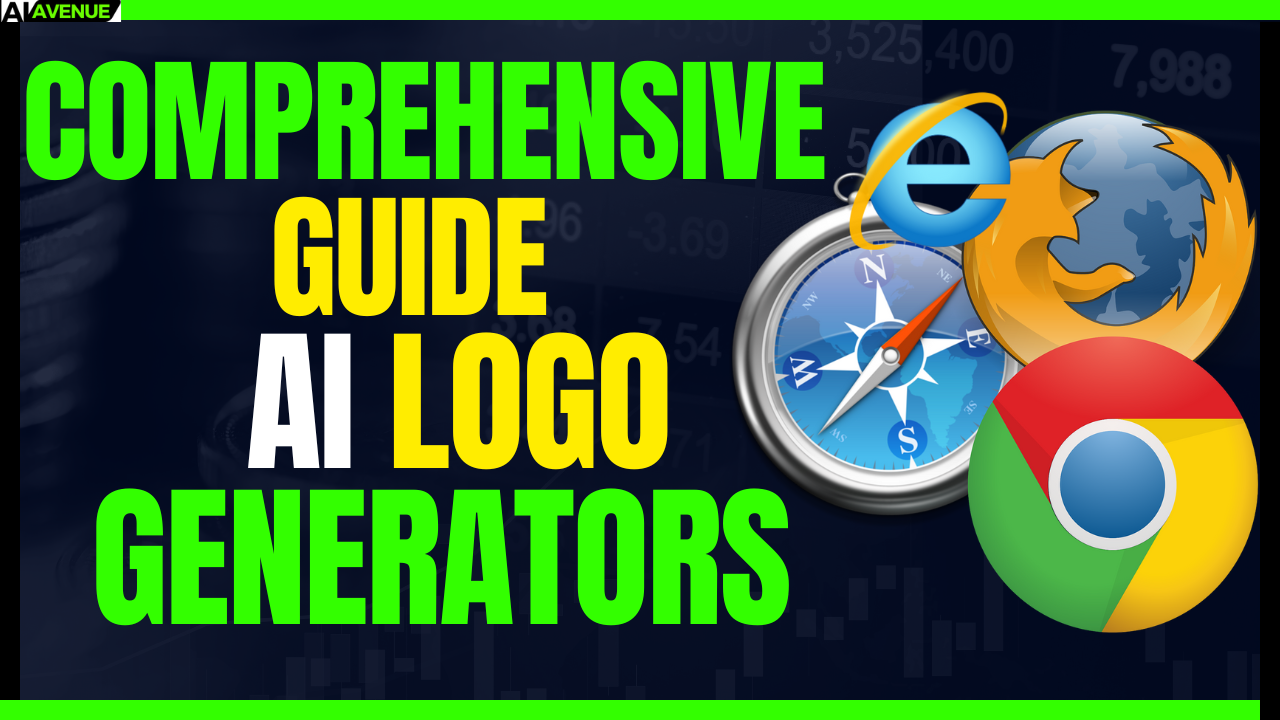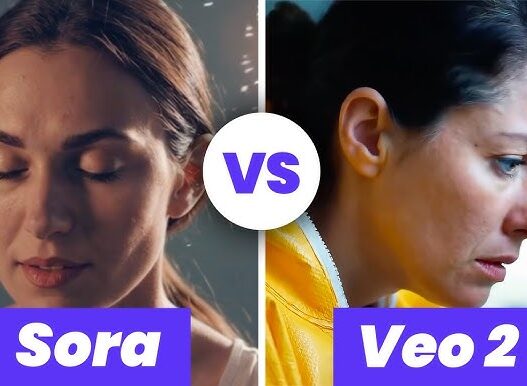Are you struggling to maximize your ad revenue on your tech-related blog? In this blog post, we’ll be delving into a comparison of two popular ad platforms: Adsense vs Ezoic. Exploring the key differences between Adsense and Ezoic, we’ll help you determine which platform is best suited to help you maximize your ad revenue potential. Whether you’re a tech enthusiast looking to monetize your blog or simply curious about the options available, this post will provide valuable insights into the Adsense vs Ezoic debate. So, let’s dive in and find out which platform can help you optimize your ad revenue to the fullest!

1. Understanding Google AdSense
Google AdSense:
Since its inception in 2003, Google AdSense has been the go-to platform for website owners looking to monetize their content through display advertising. The program, run by Google, allows website publishers in the Google Network of content sites to serve text, images, video, or interactive media advertisements that are targeted to the site content and audience.
2. The Power of Ezoic for WordPress Users
Ezoic:
Ezoic, a Google Certified Publishing Partner (GCPP), distinguishes itself as an AI-driven platform that helps website owners optimize ad revenue and user experience simultaneously. Utilizing machine learning algorithms, Ezoic tests and optimizes ad placements, sizes, and networks to maximize revenue while maintaining a positive user experience.
3. Maximizing Earnings
Google AdSense:
AdSense offers a straightforward revenue-sharing model. Publishers receive a percentage of the revenue generated from ads displayed on their website. While AdSense provides an opportunity for significant earnings, maximizing revenue often requires manual optimization of ad placements.
Ezoic:
Ezoic users frequently report substantial increases in ad revenue after switching to the platform. By leveraging AI to optimize ad placements, sizes, and networks, Ezoic ensures that publishers can maximize revenue without sacrificing user experience.
4. Enhancing User Experience
Google AdSense:
AdSense allows publishers to manually place ads on their website, providing them with greater control over the user experience. However, optimizing ad placements manually requires time and expertise.
Ezoic:
Ezoic’s machine learning algorithms automatically test and optimize ad placements, sizes, and networks. This ensures that publishers can maximize revenue without compromising user experience.
5. Simplified Setup and Integration for WordPress
Google AdSense Integration with WordPress:
Setting up AdSense is relatively straightforward for WordPress users. Website owners need to create an AdSense account, generate ad codes, and place them on their website. AdSense provides detailed reports and analytics to help publishers track their earnings and optimize ad performance.
Ezoic Integration with WordPress:
The setup process for Ezoic is more involved but user-friendly for WordPress users. Website owners need to integrate their WordPress website with the Ezoic platform and allow it to run tests to optimize ad performance. While this may require more effort upfront, many users report significant increases in ad revenue after switching to Ezoic.
Conclusion
Adsense and Ezoic are two popular monetization platforms for website owners. AdSense provides detailed reports and analytics to help publishers track their earnings and optimize ad performance. Ezoic, on the other hand, offers integration with WordPress, making it user-friendly for WordPress users. By integrating their WordPress website with Ezoic and running tests, website owners can optimize their ad performance and potentially increase their ad revenue. When deciding between AdSense and Ezoic, it’s important to consider your WordPress website’s specific requirements and goals. We recommend trying both platforms to determine which one works best for you.
FAQ
What is the difference between Adsense and Ezoic?
Adsense and Ezoic are both monetization platforms for WordPress websites, but they have some key differences. Adsense is a program run by Google that allows website owners to display ads and earn revenue based on clicks or impressions. Ezoic, on the other hand, is an AI-driven platform that helps optimize ad placements and revenue. While Adsense provides more control over ad customization, Ezoic focuses on automated testing and optimization to maximize earnings.
Which platform, Adsense or Ezoic, offers better ad revenue potential?
Both Adsense and Ezoic have the potential to generate ad revenue for your WordPress website. However, the revenue outcomes may vary based on factors such as website traffic, audience demographics, ad placements, and content quality. Adsense is known for its wide range of advertisers and high-quality ad inventory, while Ezoic leverages AI technology to optimize ad performance and increase revenue. Testing both platforms and analyzing the results can help determine which one yields better ad revenue for your specific website.
Is it possible to use both Adsense and Ezoic simultaneously?
Yes, it is possible to use both Adsense and Ezoic on your WordPress website simultaneously. However, it is important to carefully follow the SERP and rich result guidelines provided by Google to ensure compliance. While Ezoic provides tools to integrate Adsense into their platform, it is crucial to avoid any form of ad stacking or violating Google’s ad placement policies. Utilizing both platforms can offer a diversified revenue stream and help optimize ad performance for your website.


















